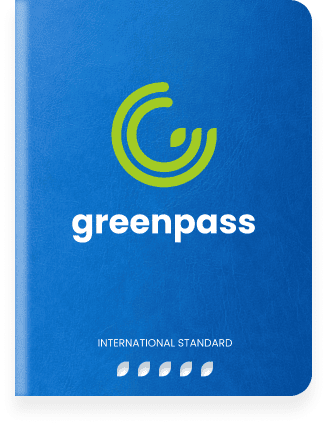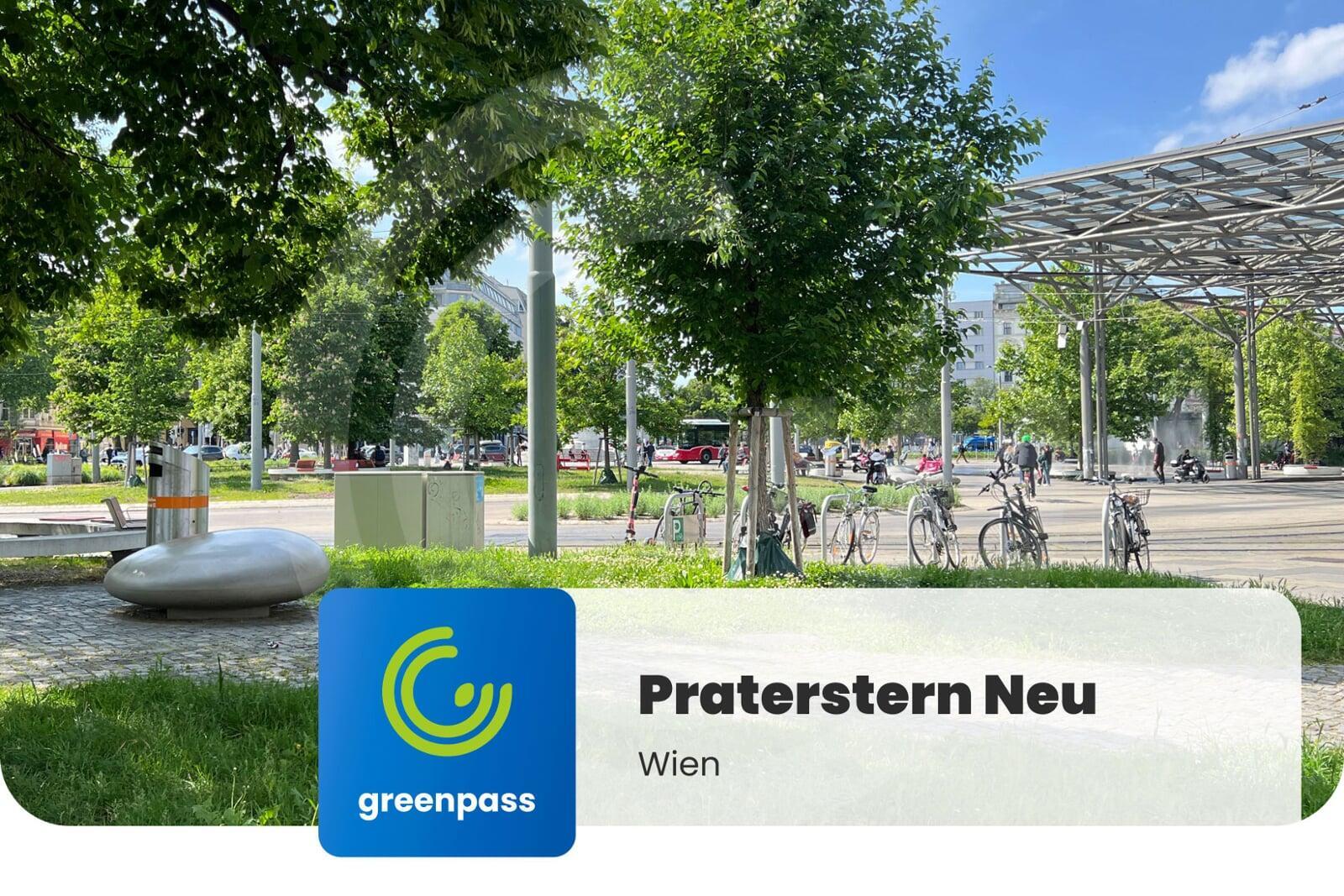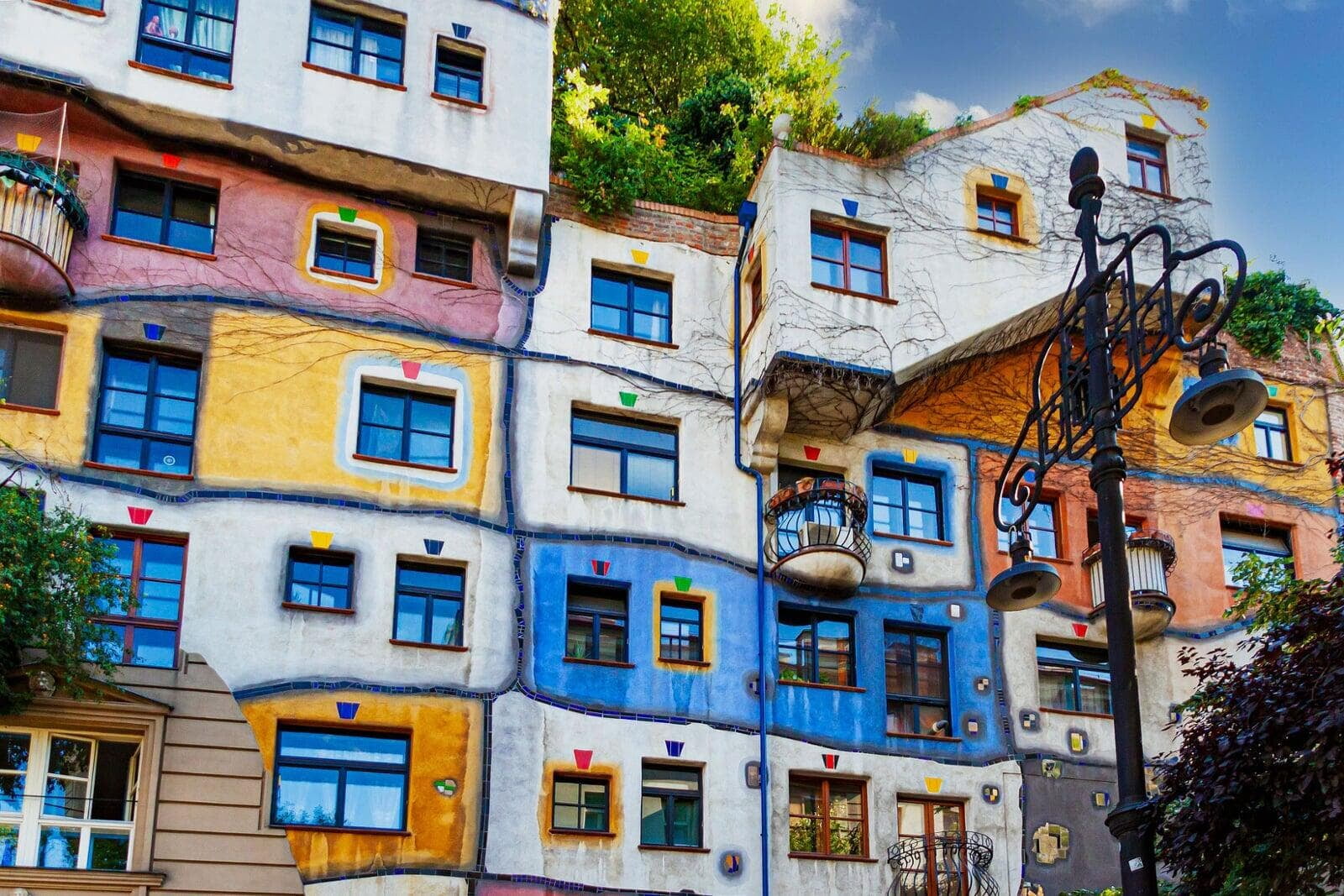
In this blog post, you will learn about the four most typical wind hazards and phenomena in urban areas with regard to people, real estate and open space and how you can effectively counteract them.
Wind danger for people, properties and open space
In principle, the larger and more massive the intervention, e.g. through construction projects or urban development, the more important the issue of wind becomes.
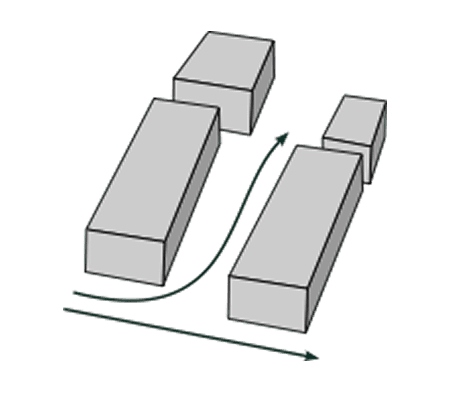
1. Channeling
The wind direction is often perceived as different from that reported by the weather service. This is because building canyons, such as along streets, direct the wind, changing the perceived wind direction at ground level.
The change in direction from the prevailing wind direction due to buildings is called channeling.
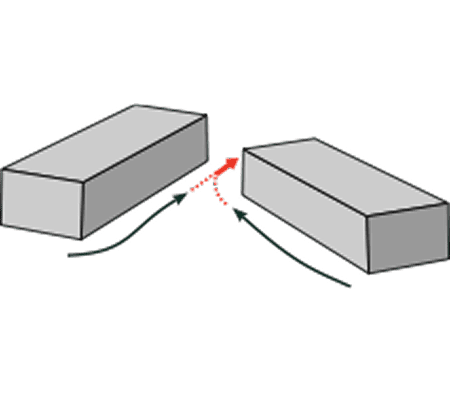
2. Venturi Effect
The increase in velocity caused by constrictions is called the Venturi effect.
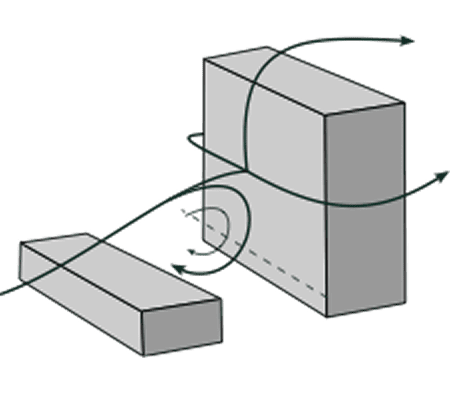
3. Frontal Vortex and Downwashing
Sharp changes in direction are always associated with acceleration, so high speeds can occur at pedestrian level. A strong wind coming from above is also called a downdraft/downwashing and is a product of the frontal vortex.

4. Edge Vortex
These vortices are called edge vortex and can cause harmonic oscillations called vortex shedding. Changes in wind direction are always associated with acceleration, so high speeds can occur at building edges.
Urban wind phenomena in everyday life

Wind analysis and flow simulations
Modern software solutions and CFD flow simulations, such as the Wind Module from greenpass, allow the representation of dynamic flow behavior in order to avoid and reduce wind danger and other phenomena, as well as to effectively optimize wind comfort and cold air streams.
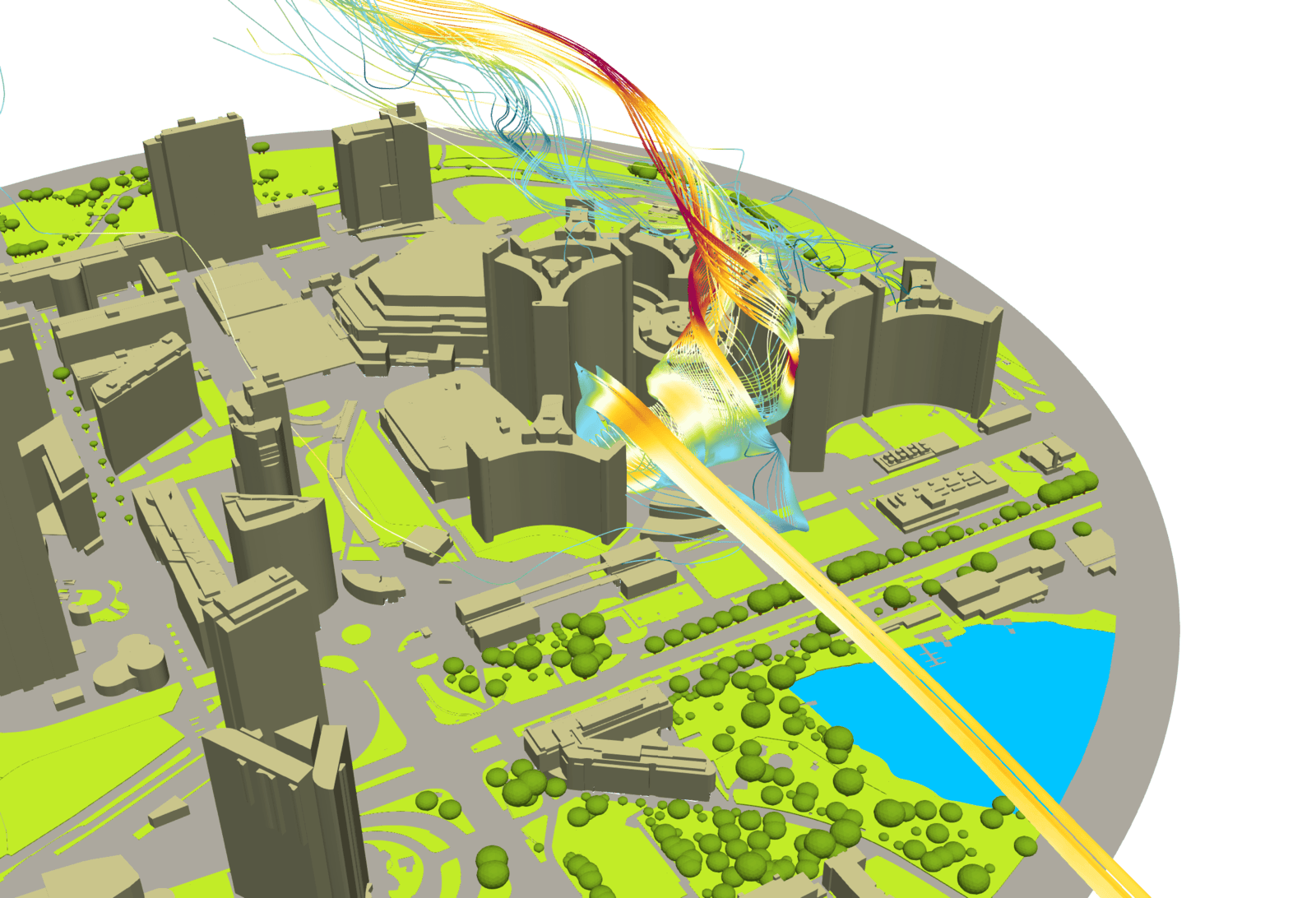
Conclusion
Similar posts
More relevant content on related topics for you

